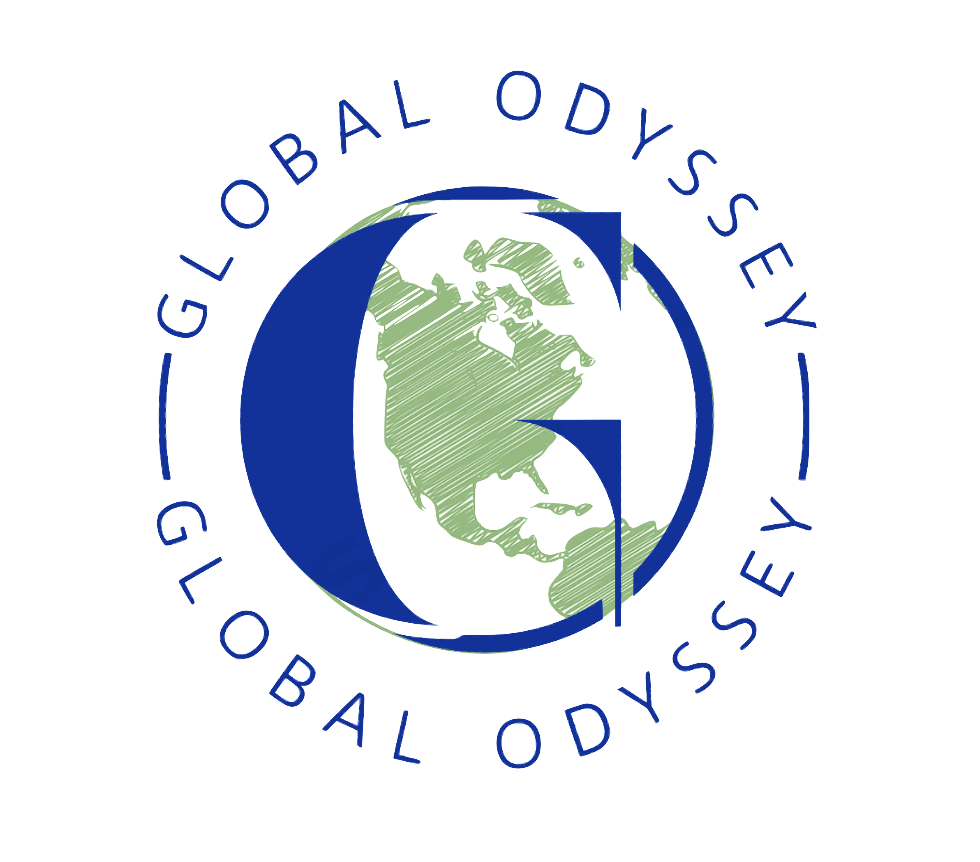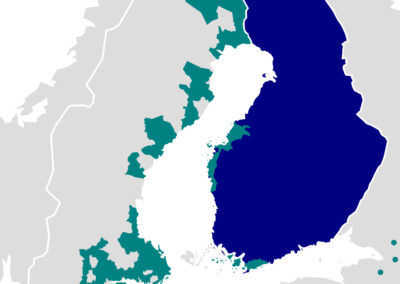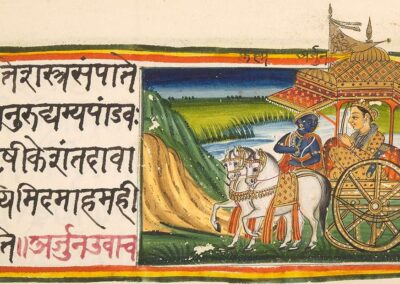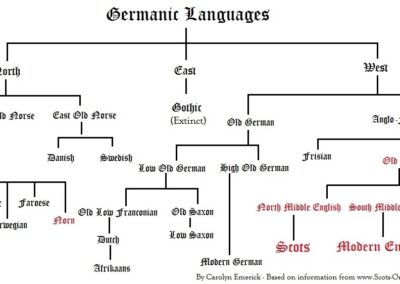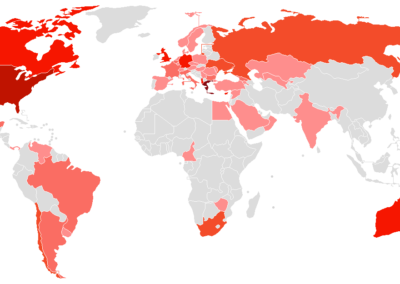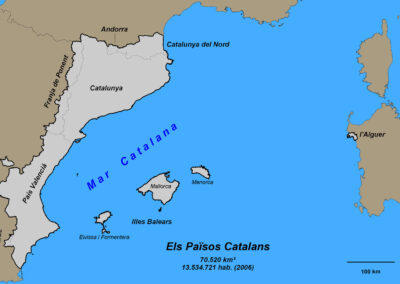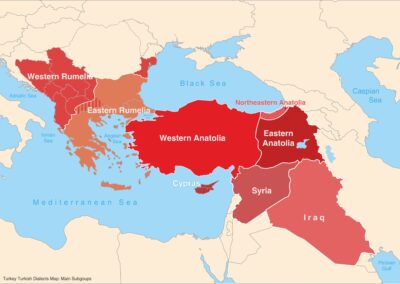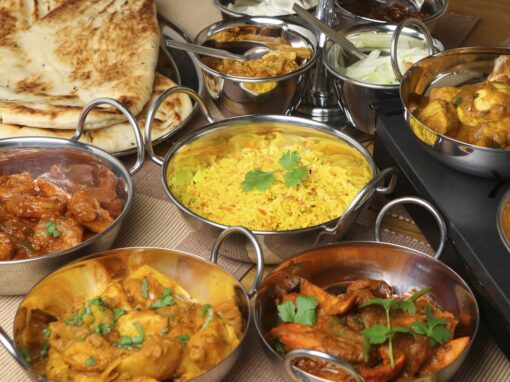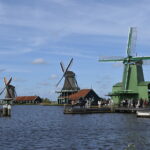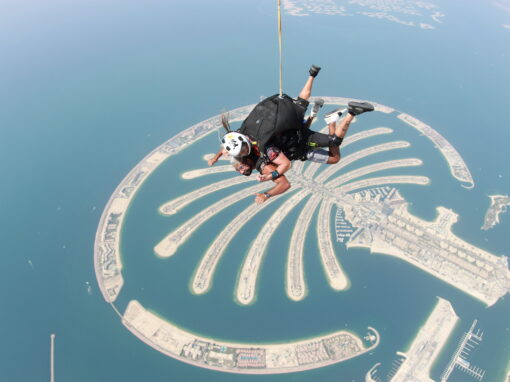While Nepal is famous for its beautiful landscapes and rich cultural legacy, the real essence of this fascinating nation is found in its linguistic diversity, with the Nepali language at its core.
When exploring Nepal, learning about the history and subtleties of this vibrant language can provide you with a deep insight into the spirit of the country.
As you venture through the winding streets of Kathmandu or the lush mountain landscapes of the Himalayas, delving into the origins and nuances of the Nepali language can offer a deeper appreciation for the soul of Nepal.
From its ancient Indo-Aryan roots to its role in shaping national identity, the evolution of this dynamic tongue is a story worth uncovering.
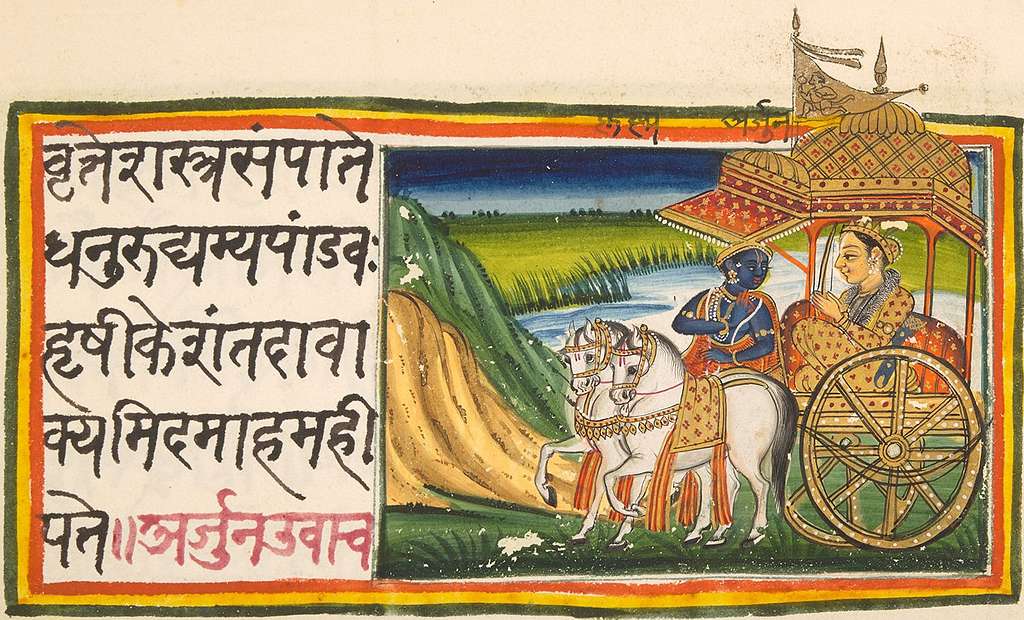
History of Nepali
The Nepali language is part of the Indo-Aryan language family, with deep connections to the revered Sanskrit. Over the centuries, it has been shaped by a tapestry of regional dialects and interactions with other languages such as Tibetan and Maithili. This dynamic history has imbued Nepali with a rich diversity that sets it apart from its counterparts.
One of the most fascinating aspects of Nepali is its role in unifying the diverse regions of Nepal. Prior to the 19th century, the country was a patchwork of independent kingdoms, each with its own linguistic and cultural traditions.
The rise of a Nepali-speaking ruler and the subsequent unification of these kingdoms propelled the language to its current status as the national and official language of Nepal.
Today, Nepali serves as a bridge between the country’s diverse ethnic and linguistic communities. While minority languages continue to thrive, Nepali has become the lingua franca, enabling effective communication and fostering a sense of national unity.
Variations of the language
The Nepali language has lots of useful terms that can enhance your travel experience. From the distinctive “doko” baskets carried by porters to the various respectful greetings like “Namaste” and “Namaskar”, uncovering these linguistic nuances can open up a world of cultural connections.
Whether you are bargaining at a local market, ordering a traditional Nepali dish, or simply exchanging pleasantries with the locals, a few well-chosen Nepali words can go a long way in forging genuine connections and enriching your journey.
If you liked this piece on the Nepali language, make sure to check out our piece on the Arabic language and its huge array of dialects.
